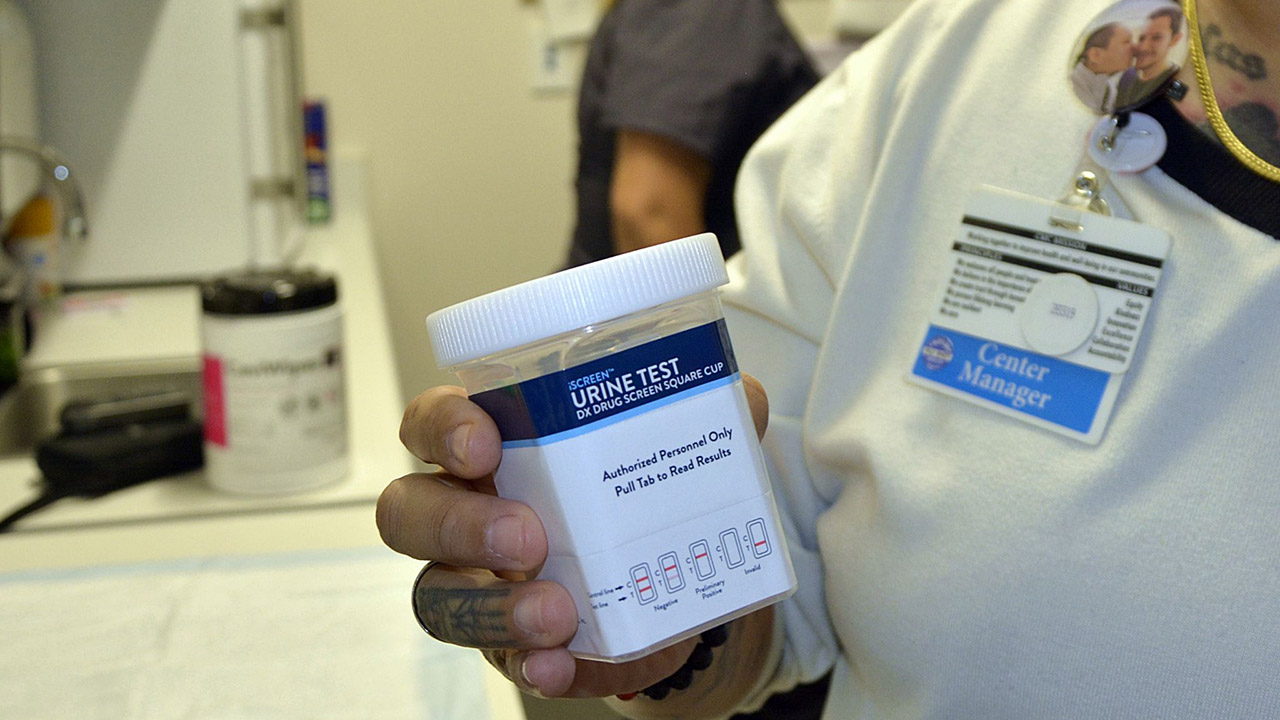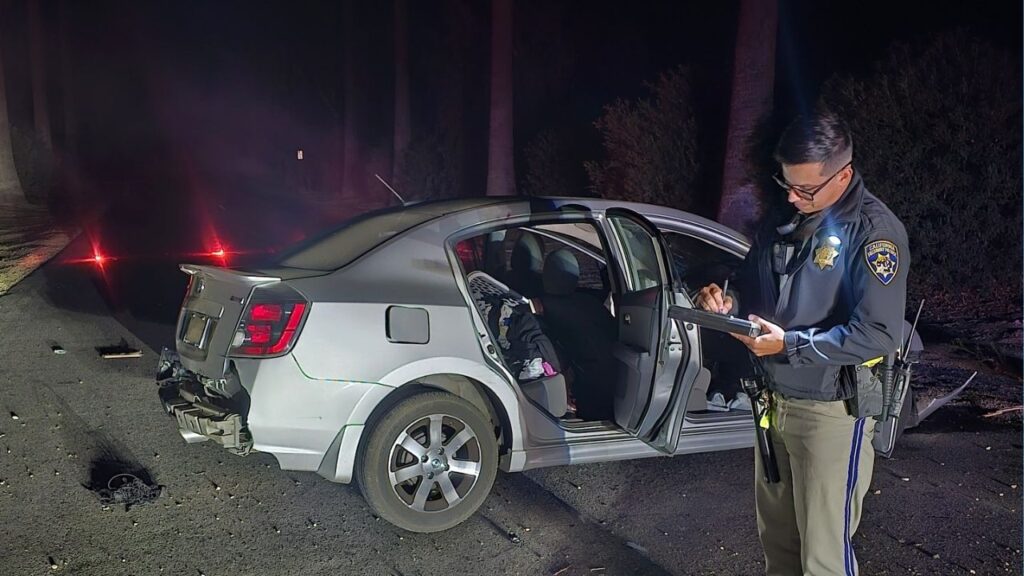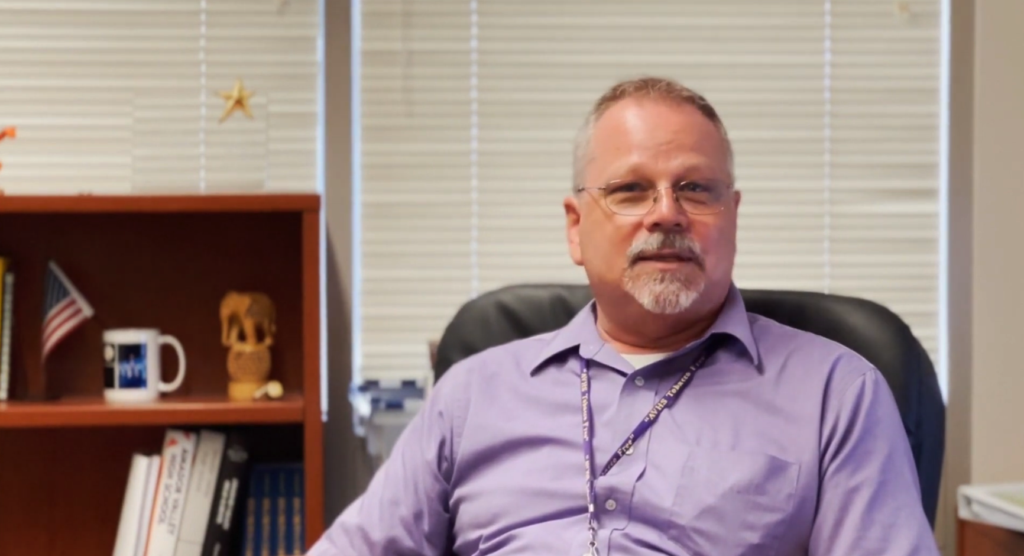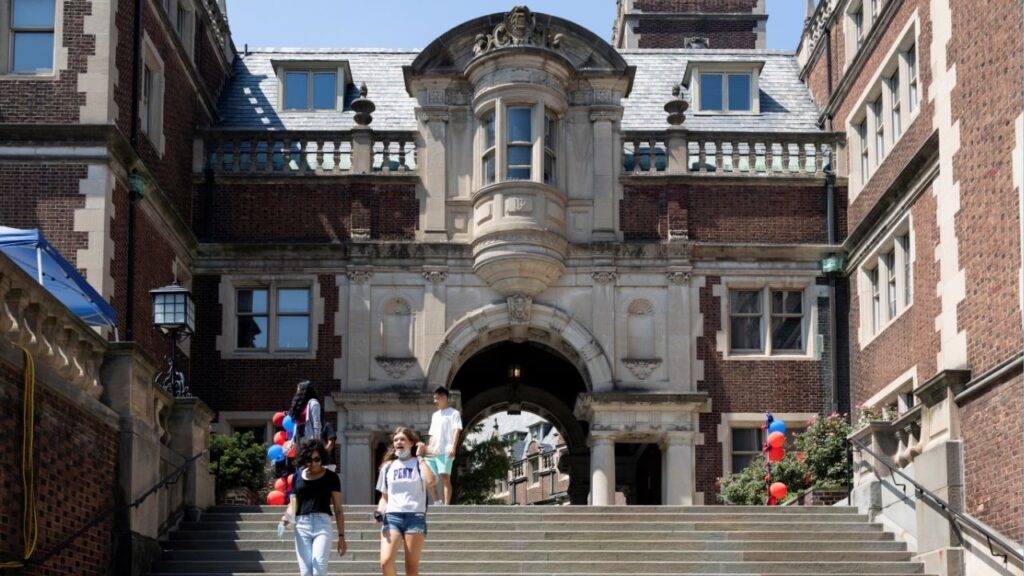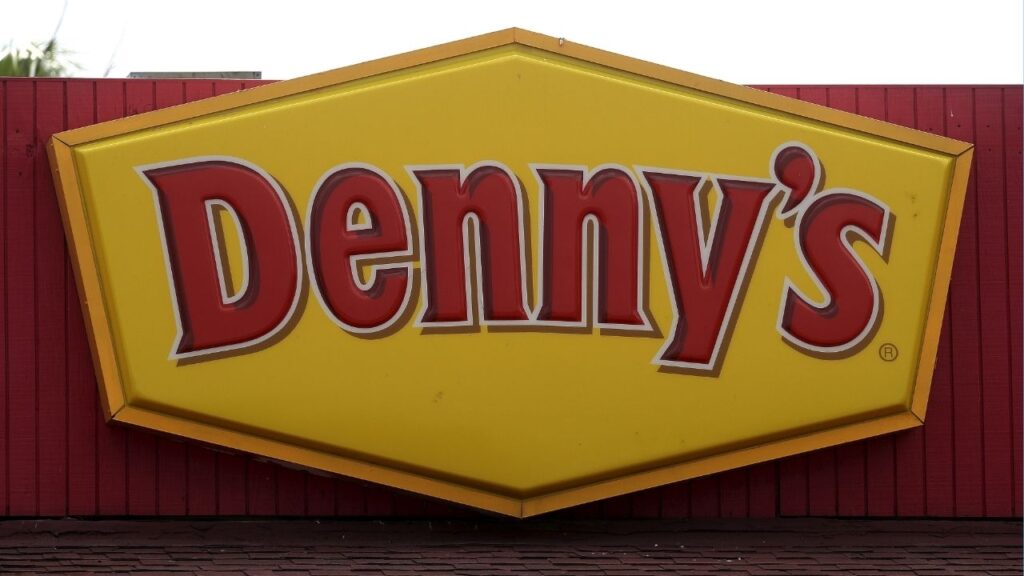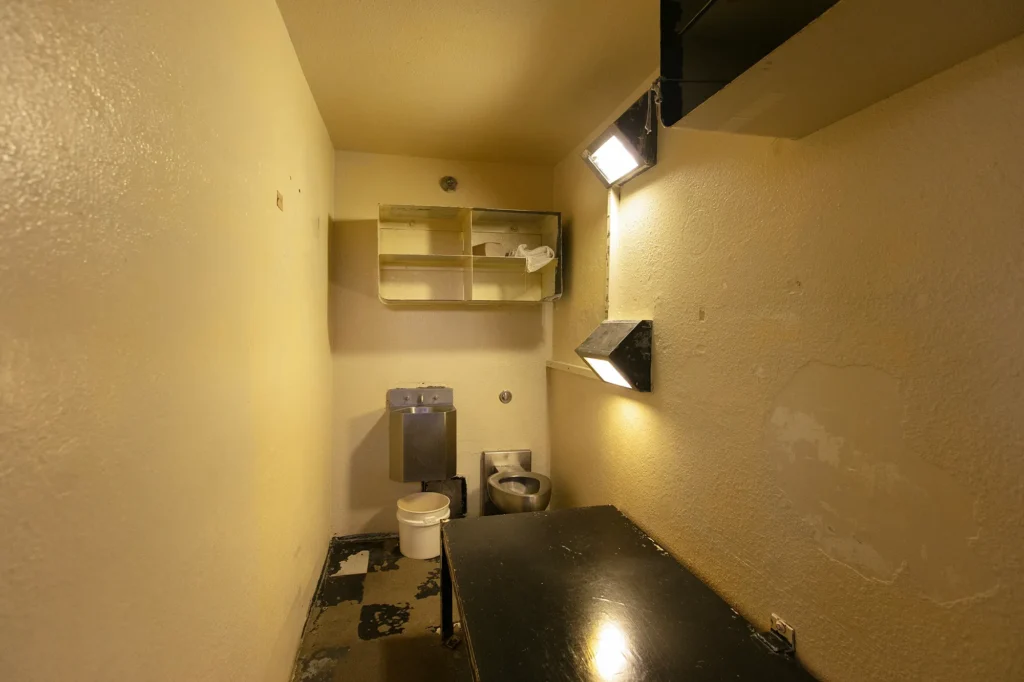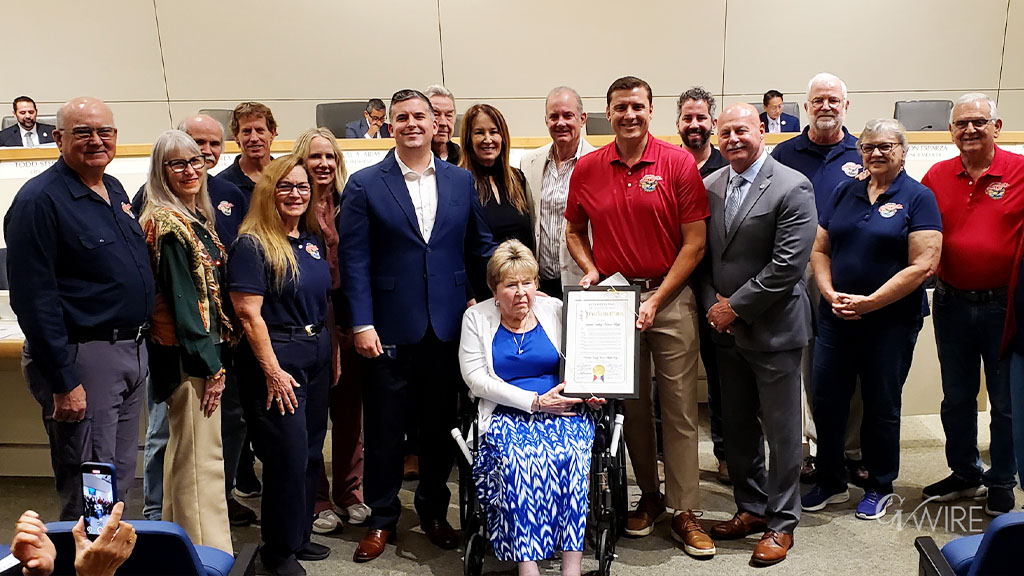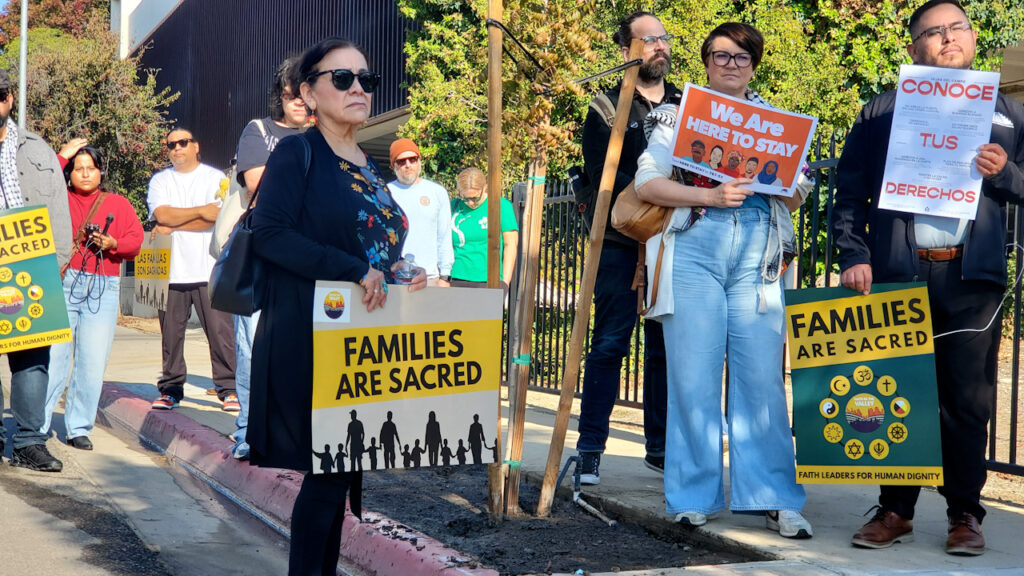San Joaquin County's Measure R sparks debate on drug testing for public benefits, raising concerns about effectiveness and cost. (Central Valley Journalism Collaborative/Marijke Rowland)

- Measure R would require drug screening and treatment for suspected substance abusers receiving public assistance in San Joaquin County.
- Critics argue punitive policies like Measure R lack evidence of effectiveness and may harm vulnerable populations.
- Health care workers express concerns about implementation challenges and potential negative impacts on those seeking treatment.
Share
|
Getting your Trinity Audio player ready...
|
Central Valley leaders are asking voters to weigh in one of the oldest public policy questions: Which works better, the carrot or the stick?

Marijke Rowland
The Merced FOCUS
A new ballot initiative in front of voters in San Joaquin County this November would require people suspected of substance abuse who receive public benefits to undergo mandatory drug screening and treatment.
If successful, similar initiatives could spread to other areas of the Valley. Called Measure R, the initiative would end cash assistance to people who refuse treatment across San Joaquin County.
The movement to require drug testing and treatment to receive taxpayer-funded benefits is not new. Similar policies have been debated for decades and were bolstered in the 1990s by then President Bill Clinton’s welfare reform platform.
But over the years, some mental health experts and addiction researchers have argued that punishment – the so-called “stick” of taking away cash assistance and other public aid – is not the most effective or cost effective way to motivate people with substance-use disorders to change.
In California, the punishment approach has recently taken hold in surprising places. In March, voters in famously progressive San Francisco overwhelmingly approved Measure F, a drug-screening and mandatory treatment initiative that, like San Joaquin County’s ballot measure, kicks people who refuse treatment off the public rolls. After the measure passed by 58%, supervisors in San Joaquin County were encouraged to consider a similar initiative.
San Joaquin County District 3 Supervisor Tom Patti, who authored and introduced the initiative, said he modeled his plan on the San Francisco policy. His measure was passed unanimously by his fellow supervisors. Patti hopes to spread the approach across the region and encourage supervisors from other counties to draft similar plans.
“I think the biggest key is that we want to have regional continuity,” he said. “I’ve spoken with supervisors in Stanislaus County and Sacramento County. I’ll be talking with supervisors in Yolo and Alameda and Contra Costa that all regionally touch each other in some capacity or another. And if there’s, again, that continuity, then I think we can really lead the way for the state to demonstrate how we can engage (in combating the drug crisis).”
What the Measure Would Do?
Measure R would affect San Joaquin County’s poorest residents. About 400 people a month receive general assistance, which goes to “indigent residents” who do not qualify for other benefits programs.
Eligible recipients receive $75 a month in cash which goes to their EBT cards. Those approved for housing assistance receive a maximum of $340 in rental support, which goes directly to the landlord, and $27 monthly on their EBT card.
If approved, the new drug screening measure would test recipients suspected of having substance-abuse disorders. Those found to be using illegal drugs would then be offered placement in free treatment programs. People who failed to comply with treatment could lose their general assistance aid. Alcohol and cannabis use are not covered in the ballot measure because the recreational use of both is legal in the state.
Most of the current general assistance recipients, some 75% or about 300 of the 400 total, receive only the $75 a month from the county. Measure R would apply only to single, childless recipients of the public aid who are under the age of 65 – the majority of whom are unhoused men.
Related Story: Closure of Merced County Fire Stations Postponed, for Now. Here’s ...
How Much Would the Measure Cost to Implement?
Measure R would likely be a pricey proposition. Without factoring in the cost of operation, including the need to hire more staff who would administer the policy, the one-time cost to place the measure on the ballot will equal, or possibly double, the general assistance program’s annual budget of about $300,000.
The county Registrar of Voters’ office has estimated the measure will require $300,000 to $700,000 to administer for the Nov. 5 election.
The total cost to run the screening and treatment programs, which would be run in partnership between the county’s Human Services Agency (which administers general assistance) and Behavioral Health Services (which administers treatment options), is currently unknown.
But San Joaquin County Behavioral Health Services Director Genevieve Valentine has already informed supervisors that, were the measure passed by voters, the agency would not be able to implement the policy by its Jan. 2, 2025 start date. Instead, she estimated, it would be about a year from now before the agency would have it up and running.
The county would need to establish a new testing program, which would require the hiring of at least three additional staff, Valentine said.
Health Services Agency Director Chris Woods said a survey of his staff suggested that anywhere from five to 10 people receiving general assistance each month could be screened and require treatment. That could amount to an additional 60 to 120 screening referrals each year going to Behavioral Health.
Woods said his agency would likely also need to “ramp up” staffing, though not by as much as Behavioral Health. The general assistance program currently has a staff of 26 people in the county. HSA workers would oversee the “reasonable suspicion assessment” for those referred to drug screening under the measure. Then BHS staff would oversee the required treatment.
Related Story: Sudden Changes in Merced City Schools’ Top Ranks. Here’s What We ...
Why Are Drug Screenings for Benefits Policies Controversial?
Supporters of Measure R argue that the cost of implementing screening and mandatory treatment programs doesn’t matter as long as they help people get off drugs. Patti said he is in favor of any way to “incentivize (people) and then help save their lives.”
But some mental health professionals and addiction specialists say there is insufficient evidence that punitive policies that cut off welfare benefits are the best way to get people off of drugs and into treatment.
“There are no convincing studies showing some state or county has reaped great financial reward or caused a bunch of poor people to enter recovery (from these kinds of policies),” said Stanford University Psychiatry and Behavioral Sciences Professor Keith Humphreys, a longtime researcher of addiction policy and treatment. “I mean, there’s literally not a single convincing evaluation….If you put the burden of proof on the people who are proposing this, ‘Show me where this worked really well?’ I’m not aware of any place that can have that data. And these (kinds of policies) have been tried a lot.”
The public policy group San Francisco Bay Area Planning and Urban Research Association opposed the similar Measure F before its passage this spring for the same reasons. Laura Tolkoff, a policy director with the nonprofit, said that in researching the initiative no evidence was found that drug screening for public benefits worked to curb drug use.
Tolkoff cited studies by the ACLU and ThinkProgress, particularly the latter which analyzed 13 states that had drug screening requirements for federal benefits. The programs ultimately rejected less than 1% of recipients for testing positive.
While Tolkoff’s group has not researched, or taken an official position on, San Joaquin County’s Measure R, she said she thinks the impulse to pass these kinds of policies generally have good, if misinformed, intentions.
“I think it’s coming from the place of wanting to address the personal and public toll of this crisis, right?” she said. “And so we kind of understand the impulse to try and do something to help. It’s just that we came to the conclusion that this probably wasn’t the most effective way for the city to reach that goal.”
Related Story: Merced Save Mart Distribution Center to Close in November, 250 Jobs Impacted
How Does Harm Reduction Factor into Valley Drug Policy?
Indeed, some argue that is the true intent of policies like Measure R – to have fewer poor people receive taxpayer-funded public benefits. Laura Guzman, the Executive Director of the National Harm Reduction Coalition, said the region’s embrace of 30-year-old drug policies is regressive and disappointing.
Her organization advocates for evidence-based drug policies which minimize the negative impacts of illicit drug use. The harm-reduction movement includes efforts such as clean needle exchanges, safe consumption sites and easier access to overdose prevention medication like Naloxone.
“In some ways I think we have this dystopian (idea) that by somehow further punishing the people who (use drugs) we will be safer,” Guzman said. “But the more we cut benefits, the more the most vulnerable people will be in danger. Destroying the safety net does not gain us anything.”
Instead, drug policy reform advocates, such as Grey Gardner, the acting California director of the national Drug Policy Alliance, believe approaches like Measure R can do more harm than good. He said the initiative is the “wrong approach” to address the drug crisis across the region and state.
“You just go back to the fundamentals of this,” Gardener said. …The definition of addiction is compulsively using a substance despite bad things happening to you. There’s this idea that if you just ratchet up the stakes on people and make their lives more desperate, that it’s going to force them into making behavioral changes – and that that is just not the case.”
He said trying to force people into treatment could have the opposite effect. People who forgo or lose their monthly general assistance will need to look for alternate ways to make up the lost money, possibly turning to crime. And, he said, people forced into treatment before they are ready are often at higher risk for relapse or overdose afterward.
Guzman said the people most likely to be hurt by policies like Measure R tend to be those already in marginalized groups. A recent report by the nonprofit, nonpartisan California Budget & Policy Center found the poverty rate increased significantly from 2022 to 2023, particularly among communities of color in the state. The rate for Black and Latino Californians both rose 4% during that time, to 22.3% and 25%, respectively.
What Would the Changes Mean for Area Substance Abuse Professionals?
Health care workers on the frontlines of San Joaquin County’s drug overdose crisis are also concerned about the possible impacts of Measure R. Community Medical Centers (CMC), a federally qualified health center and safety net provider with a large presence in San Joaquin County serving Medi-Cal patients, offers a wide range of mental health and substance-use disorder services. While the ballot measure does not spell out which treatment services clients would be referred to specifically, CMC programs would likely be part of the mix.
Leihua McMiller, CMC’s director of substance-use disorder services, said recovery programs in the region are currently strained and often have waitlists to get in. For the largely homeless populations in question, even simple requirements – like the state-mandated requirement of a TB test to enter residential programs – can become a seemingly insurmountable obstacle to getting care because of transportation and other issues.
CMC runs a 13-bed Respite Center in downtown Stockton that serves as a transitional detox and residential facility where people with drug or alcohol disorders can stay for 14-day periods before continuing care at other programs. Unlike some residential facilities, clean drug tests are not a requirement to start treatment at the Respite Center. Instead, the center focuses on stabilizing people before they move onto longer-term care.
McMiller questioned whether Measure R would actually help people move past their addictions and improve their lives.
“We’re not looking at people that are happy because they’re getting (general assistance),” McMiller said. “We’re looking at someone that is already down on their luck and having challenges. And now we’re saying, ‘You know, you’re down on your luck, you’re having challenges. Now let’s test you, because you probably are using drugs to cope with it. You need a hurdle.'”
Instead of punishment for failed drug tests, some behavioral health professionals suggest incentives – or the proverbial “carrot.”
CMC Mobile Community Response Team Project Manager Lindsay Lopez, who oversees part of the provider’s innovative mobile care department, said programs like hers have shown good results working with people where they are. Taking away barriers to care is one of the key tenets of harm reduction.
Lopez said Measure R could scare people away from programs that might help them, and further stigmatize people struggling with poverty and addiction. Instead, she said, money could go to programs that offer positive motivation, for example, additional assistance for housing and transportation.
“You can name 10,000 other things for people in these situations that (would be) motivation,” she said. “If you can tell them at the end, you actually are going to have one less thing to worry about versus one more thing to worry about – I think that would be way more helpful.”
About the Author
Marijke Rowland is the senior health equity reporter for the Central Valley Journalism Collaborative, a nonprofit newsroom which publishes The Merced FOCUS, in collaboration with the California Health Care Foundation (CHCF).



